Aluminum Mast Lift Selection: Decoding Single, Double & Triple Mast Designs

When sourcing aerial work platform , the choice between single, double, and triple mast aluminum lifts often sparks confusion. All share aluminum’s lightweight advantage, but their structural designs create distinct capabilities. This guide dissects their core differences in space adaptability, load capacity, and operational scenarios—equipping buyers to match tools to tasks.
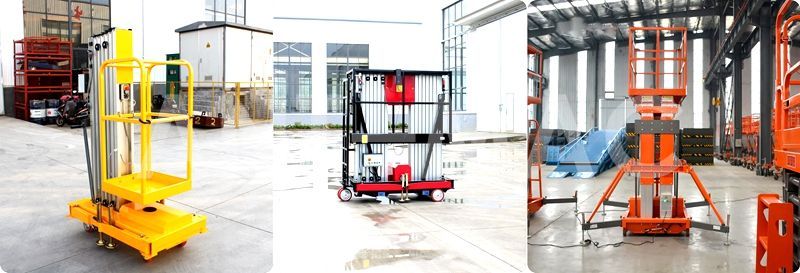
1. Structural Design: From “Narrow-Space Infiltrator” to “Heavy-Duty Collaborator”
Single Mast Lift: The Agile Soloist
A single vertical mast defines this design, prioritizing space penetration. With a compact footprint (e.g., 1300×700mm base), it slips through 800mm-wide elevator doors and navigates tight corridors. Swivel casters enable 360° turns in place, making it ideal for wall-proximal tasks like hotel light fixture repairs (the mast stays just 10cm from walls).
Double Mast Lift: The Stable Duo
Dual symmetric masts form a triangular support system, distributing loads evenly. This design slashes swing amplitude to ≤5mm (vs. 8mm for single masts) and boosts anti-tip resistance by 40%—critical for heavy tools or sloped terrain (e.g., 25% grade climbing). The wider base (≥1000mm) accommodates a larger platform, letting workers carry tools alongside materials.
Triple Mast Lift: The Collaborative Trio
Three masts work in unison, creating a synergistic support network. Built for heavy-duty tasks, it features reinforced joints and integrated slide rails to minimize mast gaps. The expanded platform (up to 1200×750mm) supports two workers plus 300kg of equipment—perfect for large-scale installations (e.g., a 15m triple-mast model installed ventilation systems in a 10,000㎡ factory).
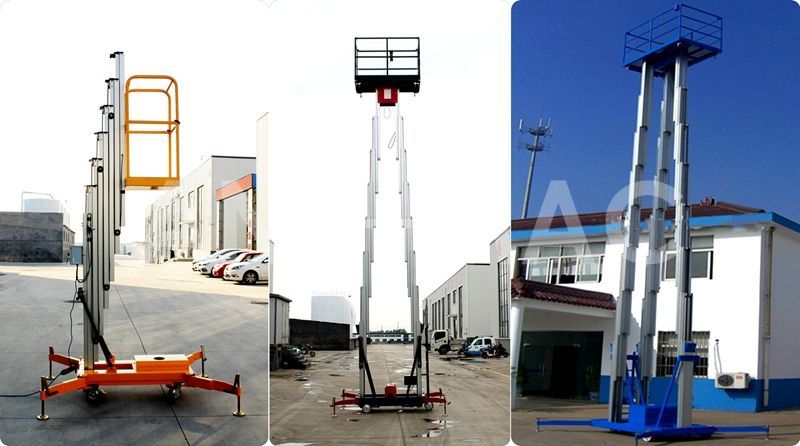
2. Performance: How Structure Shapes Capability
Single masts excel at lightweight agility:
Max height: 6–10m
Load: 100–150kg
Best for: Single-worker tasks in confined spaces (e.g., museum display maintenance, where precision matters over payload).
Double masts balance stability and reach:
Max height: 8–14m
Load: 200–250kg
Best for: Mid-rise industrial work (e.g., airport bridge gap repairs, where 25% slope climbing and tool storage are key).
Triple masts dominate heavy-load altitude:
Max height: 10–16m
Load: 250–300kg
Best for: Large-scale collaboration (e.g., two workers installing 12m factory piping, with room for welding gear and materials).
3. Scenario Match: Which Mast Fits Your Work?
Single Mast Lift: The “Narrow Space Maestro”
Commercial venues: Hotels (chandelier swaps), malls (shelf cleaning), museums (exhibit lighting tweaks).
Precision tasks: Lab equipment adjustments (low vibration), heritage building restoration (non-intrusive access).
Double Mast Lift: The “Mid-Rise Workhorse”
Industrial sites: Factory pipe installations (8–14m), warehouse rack inspections (200kg tool capacity).
Municipal projects: 12m streetlight repairs (stable in wind), airport terminal maintenance (slope navigation).
Triple Mast Lift: The “Heavy-Duty Titan”
Large-scale industry: 10–16m factory ventilation system builds (dual workers + 300kg gear), power plant boiler inspections.
Custom applications: Sloped construction sites (engineered for 15° inclines), obstacle-crossing designs (e.g., clearing 1m-high machinery).
4. Selection Formula: 3 Questions to Ask
How much weight?
≤150kg → Single mast
150–250kg → Double mast
≥250kg → Triple mast
Where will it work?
Tight spaces (elevators, corridors) → Single mast
Open industrial areas (factories, airports) → Double/triple mast
Who will use it?
Solo worker → Single mast
Team + tools → Double/triple mast
Choosing between single, double, and triple mast aluminum lifts boils down to trade-offs: agility vs. stability vs. collaborative power. For hotels and museums, the single mast’s precision reigns. For factories and airports, double masts balance strength and reach. For heavy industrial teams, triple masts deliver the muscle to tackle 16m heights with 300kg loads. By aligning structure to task, every project gains a tailored efficiency boost—turning aerial work into a strategic advantage.
 In-depth Analysis of Return on
In-depth Analysis of Return on
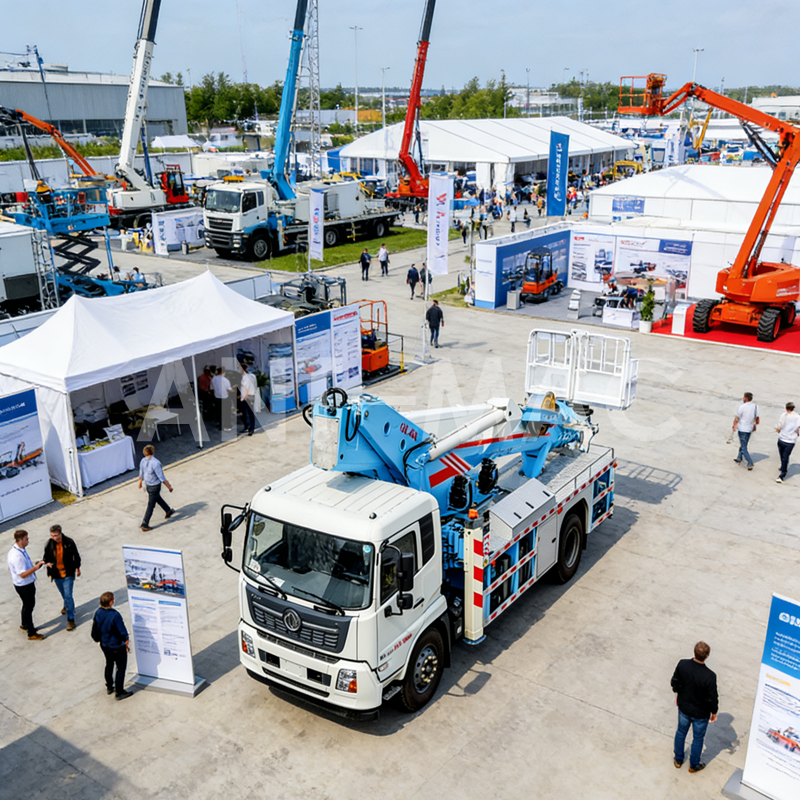 A Cost-Effectiveness Revolutio
A Cost-Effectiveness Revolutio
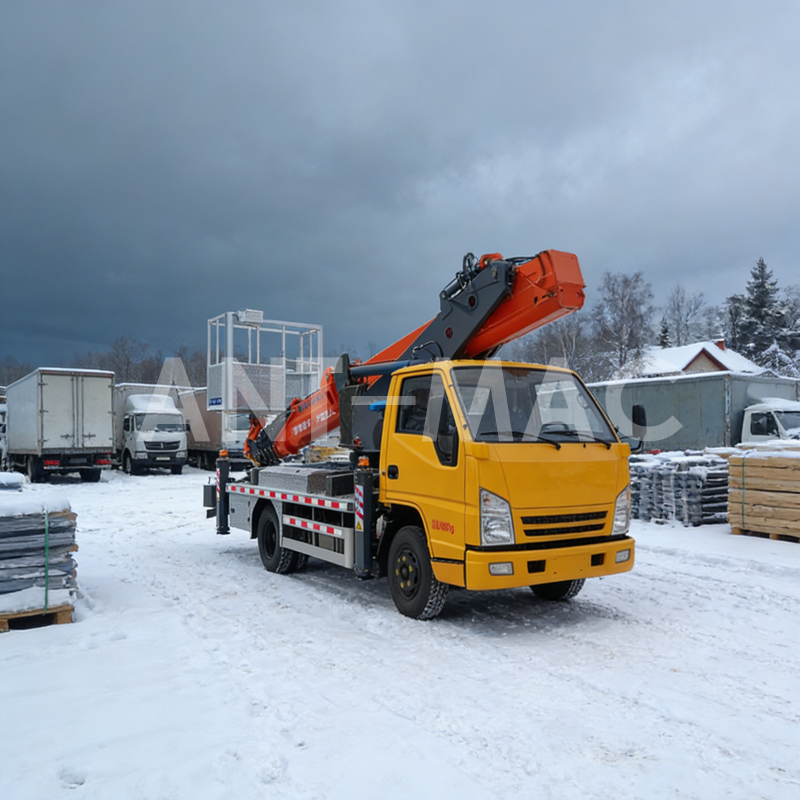 2026 Trend Insights: Four Core
2026 Trend Insights: Four Core
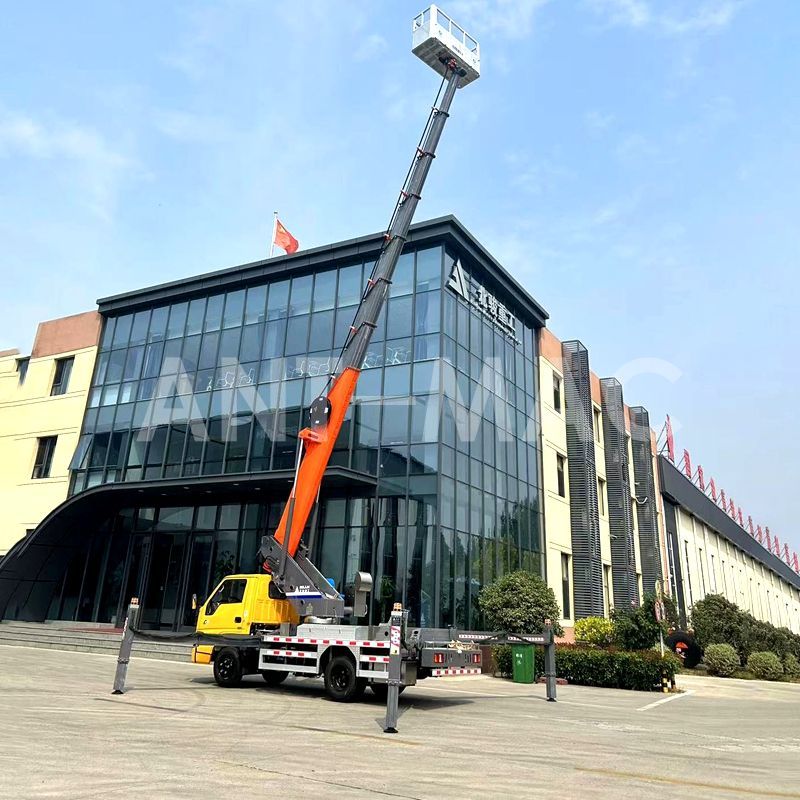 Five Criteria for Selecting Re
Five Criteria for Selecting Re
 Russian
Russian
